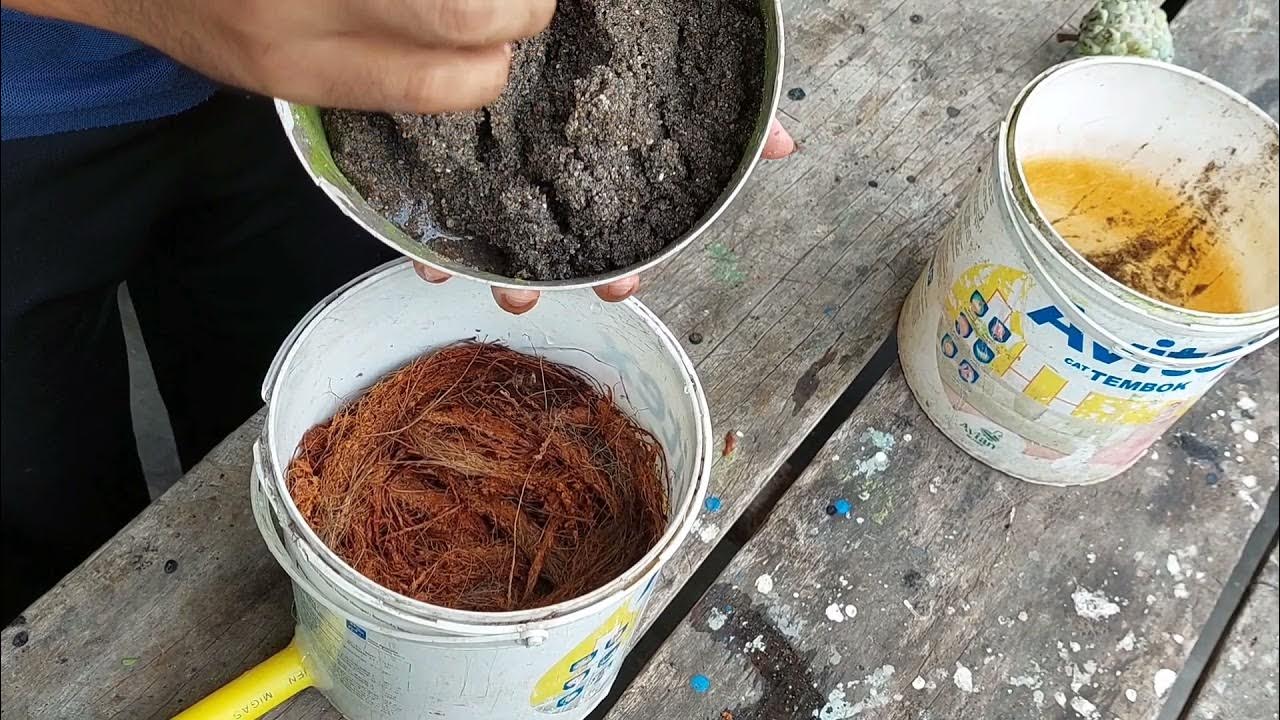Eksperimen Filter Air Sederhana
Summary
TLDRIn this video, we demonstrate how to create a simple water filter using everyday materials like a plastic bottle, cotton, tissue, gravel, sand, stones, and charcoal. Step-by-step, we guide viewers on how to cut and prepare the bottle, then layer the filtering materials inside to purify dirty water. The video explains how each component, such as gravel and charcoal, helps remove dirt and odors. It’s a fun and educational experiment that viewers can try at home, showcasing the power of basic filtration techniques and promoting scientific curiosity.
Takeaways
- 😀 The experiment demonstrates how to create a simple water filter using everyday materials.
- 😀 The materials needed for the experiment include a 1.5-liter used mineral water bottle, scissors or a cutter, and dirty water.
- 😀 For the filter, you will need cotton, tissue, stones, gravel, sand, and charcoal.
- 😀 The first step is to cut the bottle into two parts, with the top portion having a larger opening than the bottom.
- 😀 A hole needs to be made in the bottle cap for water to pass through.
- 😀 Inside the top portion of the bottle, layers of filter materials are arranged, starting with cotton and tissue.
- 😀 Next, sand (5 tablespoons) is added and evenly spread, followed by stones and gravel.
- 😀 Charcoal is added last, and the filter is then topped with another layer of tissue.
- 😀 The filter is placed above a clean container to collect the filtered water.
- 😀 As dirty water is poured into the filter, gravity helps it pass through the filter layers, removing impurities.
- 😀 The filtration process works by using stones, gravel, and sand to trap dirt, while charcoal removes odors and bacteria from the water.
Q & A
What is the purpose of this experiment?
-The purpose of the experiment is to create a simple water filter using materials found around the house, and test whether it can effectively filter dirty water.
What materials are needed to make the water filter?
-You will need a 1.5-liter plastic water bottle, scissors or a cutter, dirty water, cotton, tissue, stones, gravel, sand, and charcoal.
Why is the plastic bottle cut into two parts?
-The plastic bottle is cut into two parts so that the top part can be used as the filter section, and the bottom part can collect the clean water that passes through.
What is the purpose of making a hole in the bottle cap?
-The hole in the bottle cap allows the water to flow through the filter more easily due to gravity.
How do the materials inside the filter help clean the water?
-The cotton and tissue help catch larger particles, while the sand, stones, and gravel trap smaller dirt and debris. The charcoal removes odors and bacteria, improving the quality of the water.
Why is charcoal included in the filter?
-Charcoal is included because it helps to remove odors and bacteria from the water, making it cleaner and safer to use.
How do the materials like sand and gravel filter the water?
-The sand and gravel work as physical filters, trapping larger particles of dirt and debris as the water passes through them.
Can this water filter be used for drinking water?
-While this filter can remove some dirt and particles, it may not be enough to make the water completely safe for drinking. Additional steps, such as boiling, may be needed to ensure the water is safe for consumption.
What happens if you pour dirty water too quickly into the filter?
-Pouring the water too quickly could cause the filter to overflow or not filter the water as effectively, since the materials inside need time to catch and separate the dirt.
What can be learned from this experiment?
-This experiment teaches how filtration works by separating solid particles from liquids using different materials. It also highlights the importance of each material in the filtration process, such as charcoal for odor and bacteria removal.
Outlines

Cette section est réservée aux utilisateurs payants. Améliorez votre compte pour accéder à cette section.
Améliorer maintenantMindmap

Cette section est réservée aux utilisateurs payants. Améliorez votre compte pour accéder à cette section.
Améliorer maintenantKeywords

Cette section est réservée aux utilisateurs payants. Améliorez votre compte pour accéder à cette section.
Améliorer maintenantHighlights

Cette section est réservée aux utilisateurs payants. Améliorez votre compte pour accéder à cette section.
Améliorer maintenantTranscripts

Cette section est réservée aux utilisateurs payants. Améliorez votre compte pour accéder à cette section.
Améliorer maintenantVoir Plus de Vidéos Connexes

ALAT PENJERNIH AIR - TAHAPAN PEMBUATAN ALAT PENJERNIH AIR SEDERHANA MENGGUNAKAN BAHAN ALAMI

MAU AIR Sejernih KRISTAL⁉️Gunakan Saringan Pasir Paralon 4 Inch INI !! PVC Sand Filter

DIY: Make Swamp Water Drinkable! King Of Random Dives Into How To Make A Homemade DIY Water Filter

MATERI PRAMUKA PENJERNIHAN AIR SEDERHANA

Penyaring Sederhana Air sumur mengandung Zat Besi

Praktikum Kincir Air | SaBiKum | Eksperimen Sains | DIY
5.0 / 5 (0 votes)
